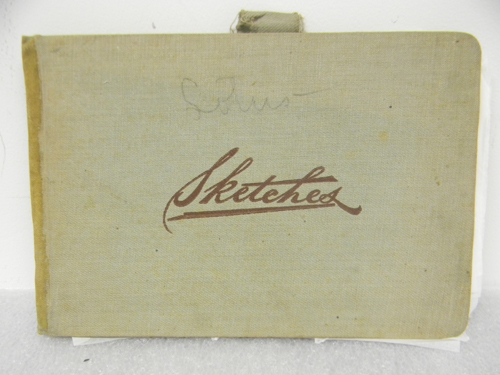
An artist’s sketchbook can offer intimate glimpses into his or her creative process. These graphic experiments and doodles reveal interesting aspects of an artist’s training, travels, and sources of inspiration. Currently three artists’ sketchbooks are on view in the Gibbes galleries alongside their finished works including those of Charles Fraser (1782–1860), Prentiss Taylor (1907–1991), and Mary Whyte (b.1953; sketchbook on loan with the exhibition Mary Whyte: Working South). Sketchbooks are as varied as the artists who create them and the Gibbes Archives is fortunate to have a broad selection representing key artists in the permanent collection.
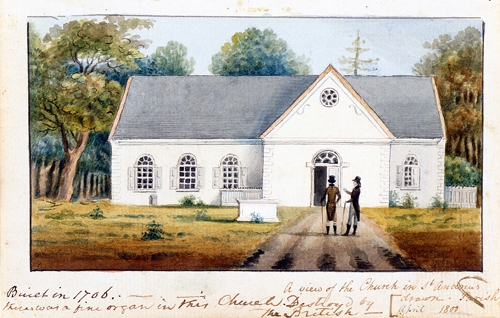
The Gibbes owns several of Charles Fraser’s sketchbooks. Known primarily for his compelling miniature portraits these sketchbooks—begun when Fraser was just fourteen years old—are mostly comprised of watercolor or pen and ink landscape sketches depicting the plantation homes of friends and family, and rural parish churches.
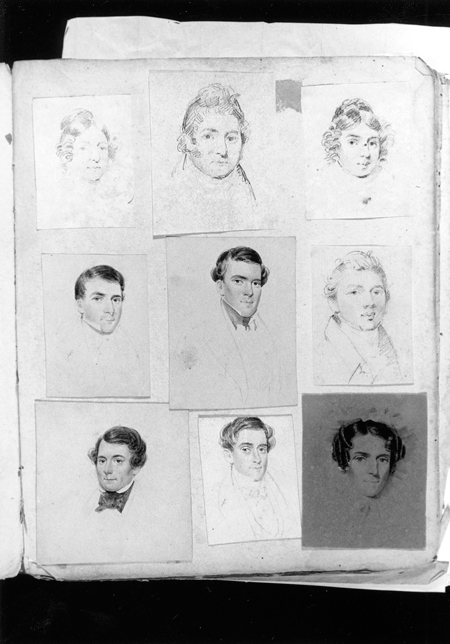
A bound scrapbook, in which miniature painter Joseph Jackson (1796–1850) collected sketches of his sitters, provides important information about Jackson’s working methods. Some sketches appear as the initial sketch in pencil and concentrate primarily on the facial features. Others, on cards and occasionally on ivory, are more fully worked up. Jackson may have used this latter group to entice prospective clients, as he stated in an announcement in the Courier, “. . . he will be happy to exhibit specimens of his painting, to those Ladies and Gentlemen who may favor him with their calls. Miniature likenesses highly finished on ivory of the smallest sizes, suitable for lockets, breast pins, etc.”
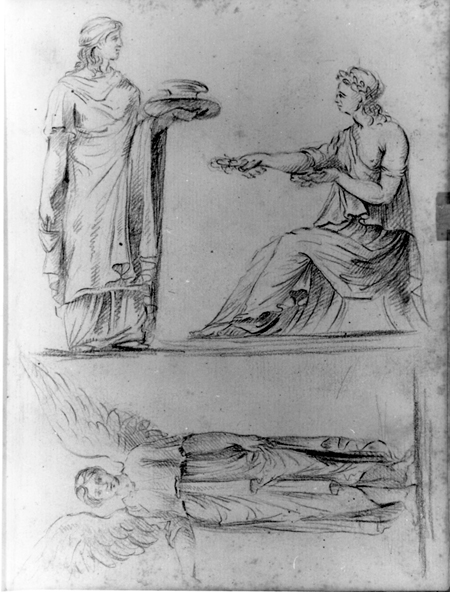
The drawings found in Henry Benbridge’s (1743–1812) sketchbook were made between 1765 and 1769 while the artist traveled through Italy. They reveal his interest in antiquity and depict images he took from antique cameos, vases, statuary, and architecture. Meanwhile, Prentiss Taylor’s sketchbook contains numerous pencil drawings he made during his first trip to Charleston in 1933. He later claimed in a letter, “I arrived on the Clyde-Mallory Line Steamer about the end of May 1933… I was lent the Pink House on Chalmers Street & I was able to stay until Labor Day. I spent most of my time sketching, up one side of the street & down the other.” Many of the sketches seen in his book are reflected in his final lithographs.
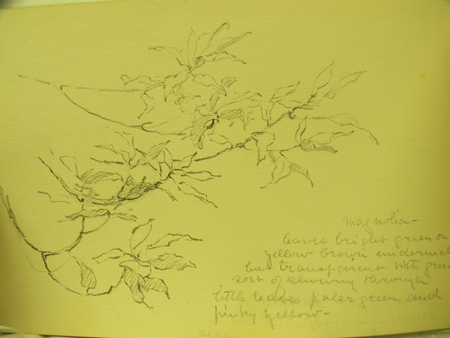
Alice Ravenel Huger Smith (1876–1958) kept numerous sketchbooks that she carried on long walks through the countryside to record different topics and locations. She closely studied all aspects of nature from leaves and grasses to birds in flight, and made drawings of each from various perspectives.
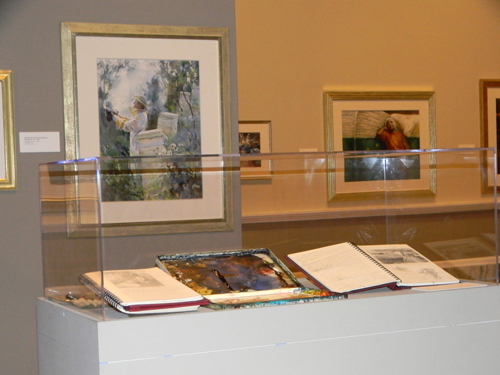
For art historians these sketchbooks are a window to an artist’s inspirations and processes. I am personally fascinated by the artist’s notes to themselves that accompany many of the drawings, as well as their steadfast focus on capturing certain elements of a subject through repeated sketching attempts. Sketching is integral to an artist’s development and I love walking through our galleries seeing young artists with their own sketchbooks finding inspiration in the paintings on view. Do you carry a sketchbook or journal to capture ideas or occurrences in your day-to-day life?
—Sara Arnold, curator of collections, Gibbes Museum of Art
Published August 16, 2012

